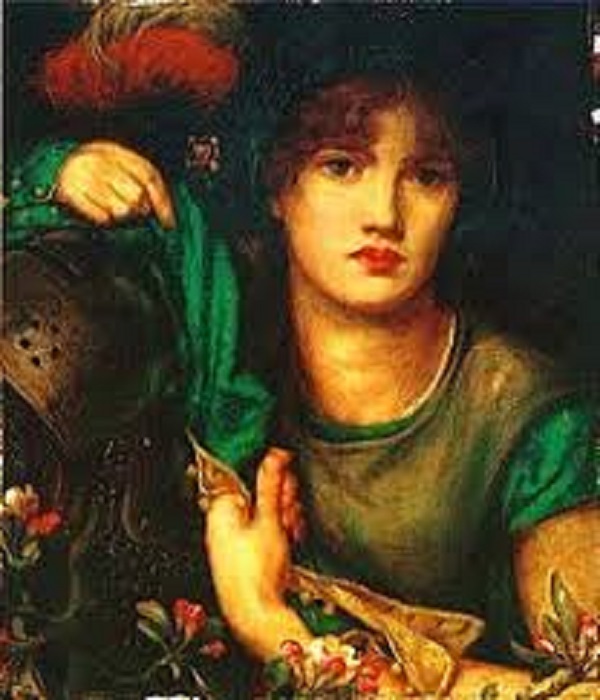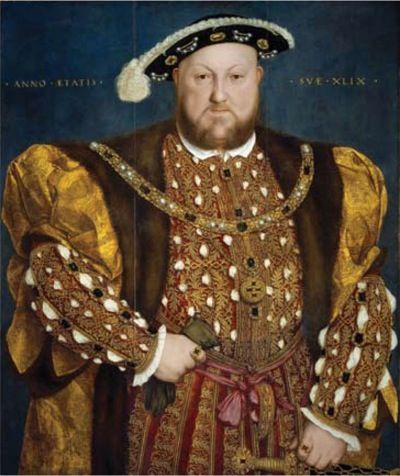My Lady Greensleeves is a traditional, old English folk song which has been sung for centuries. It is unknown who wrote the song, but it is thought to date back to the 16th century. The song has been adapted over the years by various artists, and there are many different versions of it. My Lady Greensleeves is a beautiful and romantic song, and it is sure to be enjoyed by everyone who hears it.
Lady Greensleeves is a traditional, old English folk song which originated during the Tudor period in the 16th century. Over time many people have forgotten that there were lyrics to accompany the music. The tune of the song uses Spanish musical elements and was one of the best veritable innovation in England.
There are several versions of the lyrics, but the true and original version contains eighteen verses and describes the love of a nobleman for a lady with a gown with green sleeves. Of course, with a song that is so old, there have been a number of variations made to the lyrics over time. Although the original lyrics remain as romantic as they were when the song was first written.

History of its Creation
Contents
During the period that the song was composed and the lyrics written, the sleeves of a ladies gown were detachable, fastened to the gown with laces. This meant that one pair of sleeves could be worn with a number of different gowns. The Lady Greensleeves in the song is inspired from the last line of the chorus “And who but my Lady Greensleeves”.
Who was Greensleeves written about?
There is much debate over who Greensleeves was written about, with some scholars believing it was meant to be a tribute to a real woman named Anne Boleyn and others asserting that it was simply an ode to springtime. The most popular theory is that the song was written about Anne Boleyn, who was King Henry VIII’s second wife. Boleyn was famous for her beauty, wit, and style, and it is believed that Greensleeves was written as a tribute to her. However, there is no definitive evidence to support this claim, and the identity of the woman remains a mystery.
Henry VIII connection
There are many who believe that the Lady Greensleeves in question is Lady Anne Boleyn and that it was composed by King Henry VIII himself that penned the words of love to his then mistress. Historically, King Henry VIII divorced his first wife after a long dispute with the Catholic Church and later married to future Queen consort Anne Boleyn. Also, see Who wrote the song?
While the lyrics could certainly refer to their illicit courtship there is no proof that this is the case, or that Henry actually wrote it. Henry was an accomplished musician so there is no doubt that he did compose something during his lifetime.
How old is the song?
The song is not only recorded in the manuscripts from the reign of Henry, but the melody is also seemed to have a style which has some Italian influence that reached England after Henry’s death. Thus, many historians believe that the song was actually composed during the Elizabethan period after King Henry’s death.

What instrument was Greensleeves written for?
It is believed that King Henry VIII wrote and composed this song for his then mistress Anne Boleyn. Henry himself played several instruments such as the lute, flute, organ and harp. He composed others poems and songs too, including sings for his first wide, Queen Catherine of Aragon.
Is it a medieval song?
Greensleeves is an English folk song which was composed sometime in the 16th century. It might have influences of musical style from foreign countries as well.
Lyrical Interpretation
There are a number of interpretations of the meaning of the song, aside from that it was a love song composed for Anne Boleyn. There is also the inference that the green sleeves upon the gown of a lady could have been caused by her laying in the grass with her lover.
The grass stains resulted in her having green sleeves. Then again, green was a color that represented many things during the Tudor period. Not only did it symbolize joy, but it was also a color that was associated with purity and chastity, something which would be at odds with the song being about a lady of ill repute.
The theory says that the objective of the singer’s affection lies either with a promiscuous or a prostitute whose sleeves are green and rolling in the grass. But the color green also represents the growing love and the unmarried young women in songs of that time.
There is also one other interpretation which states that lady mentioned here was not of promiscuous character and she had rejected the advances of her lover proving that she is a lady with high character.
Mention of Greensleeves in the Works of Shakespeare
Whatever may be the context of the writer, the song is very well known from the time of Shakespeare when he wrote “The Merry Wives of Windsor”. The play was written by him in 1602 and it shows that by this time the tune of the song became quite popular. He exclaims that ” Let the Sky rain Potatoes! Let it thunder to the tune of Greensleeves!” and the song is still played in the mainstream for the past 400 years.

Earlier Versions
Original song
The origin of the song Greensleeves is still a matter of dispute. Some sources say Richard Jones registered first the ballad composition of the tune in 1580 under the title “A New Northern Ditty for ye Lady Green Sleeves”.
Within a few days of registering this tune, many others also came forward to register their ballads with alike tunes and lyrics. Within a year of registration of Jones, six other people came to register almost the same ballads. It became very popular and can be found in many musical manuscripts as well in collections of the 16th and 17th centuries.
The Modern Lyrics of Greensleeves
The stanzas from the modern lyrics of the song Greensleeves are as below
” Greensleeves was all my joy
Greensleeves was my delight,
Greensleeves was my heart of gold,
And who but my lady Greensleeves.
Alas, my love, you do me wrong,
To cast me off discourteously.
For I have loved you well and long,
Delighting in your company.
Alas, my love, that you should own
A heart of wanton vanity,
So must I meditate alone?
Upon your insincerity.
Your vows you’ve broken, like my heart,
Oh, why did you so enrapture me?
Now I remain in a world apart
But my heart remains in captivity.
If you intend thus to disdain,
It does the more enrapture me,
And even so, I still remain
A lover in captivity.
I have been ready at your hand,
To grant whatever you would crave,
I have both wagered life and land,
Your love and good-will for to have.
Thou couldst desire no earthly thing,
But still, thou hadst it readily.
Thy music still to play and sing;
And yet thou wouldst not love me.
I bought thee kerchiefs for thy head,
That were wrought fine and gallantly;
I kept thee at both board and bed,
Which cost my purse well-favourably.
I bought thee petticoats of the best,
The cloth so fine as it might be;
I gave thee jewels for thy chest,
And all this cost I spent on thee.
Thy smock of silk, both fair and white,
With gold embroidered gorgeously;
Thy petticoat of sendal right,
And these I bought thee gladly.
My men were clothed all in green,
And they did ever wait on thee;
All this was gallant to be seen,
And yet thou wouldst not love me.
They set thee up, they took thee down,
They served thee with humility;
Thy foot might not once touch the ground,
And yet thou wouldst not love me.
Well, I will pray to God on high,
That thou my constancy mayst see,
And that yet once before I die,
Thou wilt vouchsafe to love me.
Ah, Greensleeves, now farewell, adieu,
To God, I pray to prosper thee,
For I am still thy lover true,
Come once again and love me.”
However, the original lyrics were in Tudor style with their original Tudor Spelling quite different from the modern one but the meaning and interpretation remains the same.
Lyrics Meaning
Looking at the original lyrics of the song it is clear to see that the words are those of a man, a wealthy and nobleman who is trying to win the hand of his love. He describes the woman as ‘My Lady Greensleeves’ in reference to the color of the sleeve that she prefers.
He also describes how much he has done to win her approval. We learn that he has bought her jewels and fine linens, paid for a roof over her head, all of which he makes her know that has been at some considerable expense.
He describes gifts of petticoats and of jewels for her to wear around her neck, linens with delicate gold embroidery, and a golden, pearl-encrusted girdle for her to wear around her waist. He appears to have clothed her from head to foot including her grass green gown with the green satin sleeves which he says made her look like the ‘harvest queen’. These really do look like the gifts that a king or a noble would bestow upon his mistress.